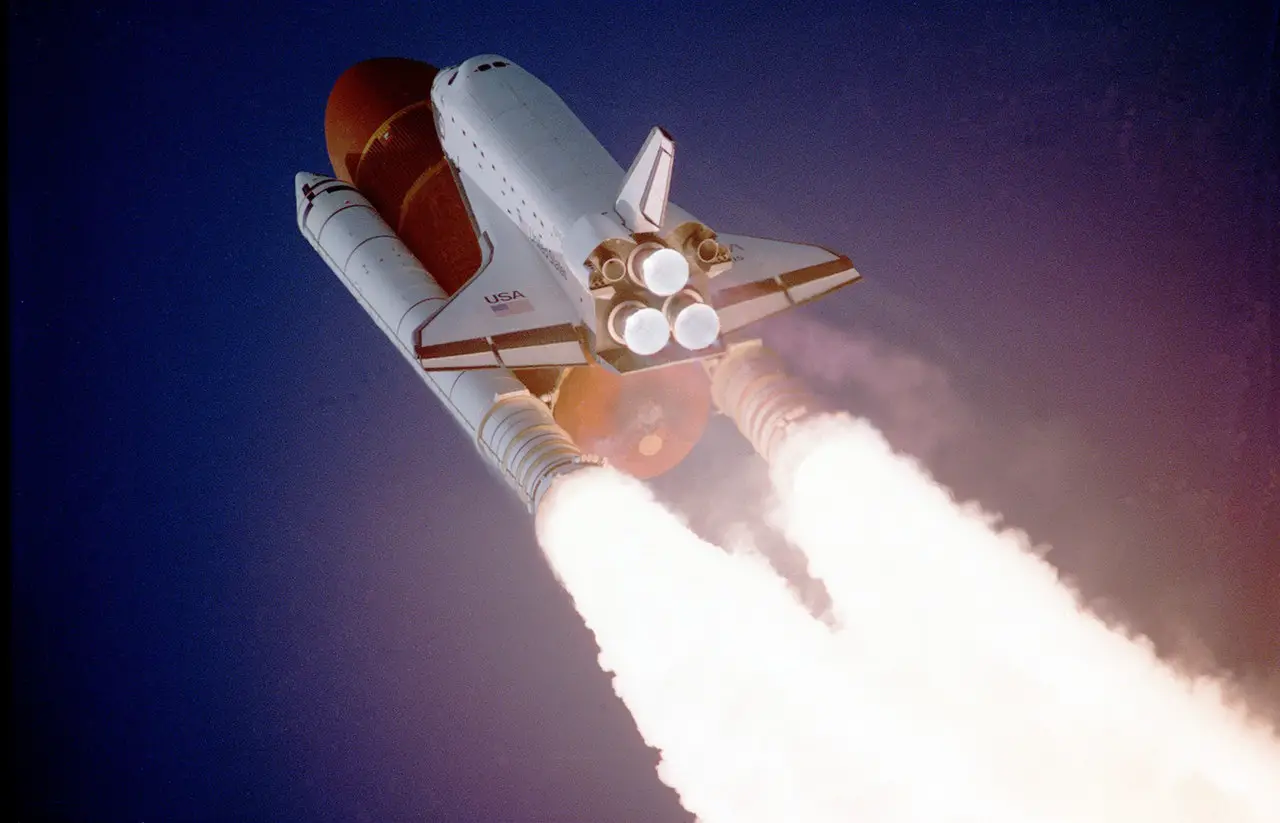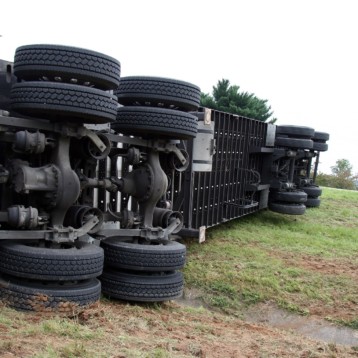
Launched by NASA in September 1977, the space probes Voyager 1 and 2 embarked on a Star Trek-like mission to boldly go where no man-made object had gone before. Voyager 1 left our solar system and entered the vast void of interstellar space in August 2012. That both crafts continue sending data to homeworld is a testament to the robustness of 1970s technology. So what tech does Voyager 1 employ?
The probe’s hardware was installed at a time when computers with floppy drives were considered state-of-the-art. Nowadays the ground crew uses the latest MacBooks. Voyager 1 is currently around 19 billion kilometers away, a mind-boggling distance increasing 17 kilometers every second you read this article. The tech had to bug-proof because, as NASA project manager Suzanne Dodd so succinctly remarked: “you can’t take them to the shop and upgrade them.”
The computers aboard Voyager 1 don’t exactly boast hefty hard drive storage; in fact, the total for the two probes is 70 kb of memory, which would be dwarfed by even the most archaic mobile phone. But the data they process is encoded on 8-track tape machines, as opposed to the software inside the sophisticated laptops being utilized by the NASA research teams. Also, as soon as Voyager 1 has finished transmitting its findings, the data is overwritten to free up space for the next set of observations.
Another area where Voyager 1’s technology would appear to be lagging far behind would be in the amount of instructions its computer system is capable of enacting. The rate equates to around 80,000 transactions per second. If you’re reading this article on your smartphone, whether you also use it to access social media, it will be processing data at a rate that is 7,5000 faster. Voyager’s messages are beamed home at 160 bits per second. Even the crankiest dial-up connection will manage to deliver 20,000 bits.
Voyager 1 has a 22.4-watt transmitter for emitting its constant signals. In terms of power, this is equivalent to any of the smaller light bulbs in your home. Once this has crossed the unfathomable distances of outer space, that beacon has shrunk to a microscopic 0.1 billion-billionth watt. Fortunately, NASA has a 70-meter satellite dish in order to pick up these miniscule messages.
Most of the components on the probes have either failed or been turned off in a bid to conserve power. It is estimated the remaining equipment should survive another eight or so years. However, the main thrust of the Voyager mission has already been fulfilled – close observations of the gas giants Jupiter and Saturn and their respective satellites. There will be far less to explore or photograph as they drift further into the vacuum of deep space.
As the NASA ground team admit, it’s all about channeling the available technology into those areas most likely to pay dividends, and just like entrepreneurs tapping into a best affiliate programs, they have ample equipment for monitoring these.










